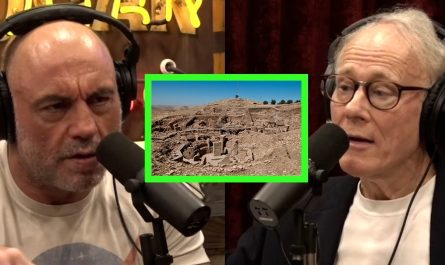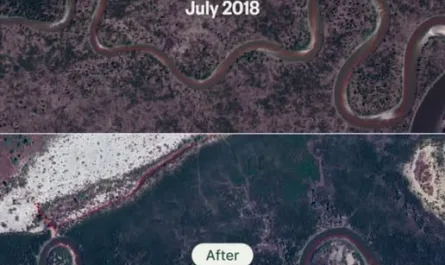Heard Island and McDonald Islands (HIMI), located 4,000 kilometers (2,485 miles) southwest of mainland Australia in the Southern Ocean, are among the most isolated landmasses on Earth. Positioned roughly equidistant between Australia and Antarctica, these uninhabited Australian external territories are defined by their harsh conditions, active volcanoes, and pristine ecosystems. With no permanent residents, no infrastructure, and access limited to multi-week sea voyages, HIMI remains a untouched wilderness, hosting thriving seabird, seal, and penguin populations. Dominated by Heard Island’s towering Mawson Peak—a 2,745-meter (9,006-foot) active volcano—and marked by recent volcanic activity on the smaller McDonald Islands, HIMI is a geological and ecological marvel, protected under strict Australian environmental regulations.
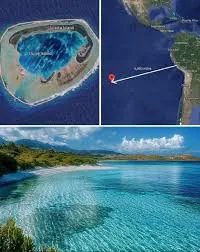
A Remote and Rugged Wilderness
Heard Island, spanning 368 km², and the McDonald Islands, covering 2.5 km², lie in the sub-Antarctic, battered by ferocious winds, subzero temperatures, and frequent storms. Heard Island’s landscape is 80% glaciated, with 12 major glaciers descending from Mawson Peak, Australia’s highest mountain outside Antarctica. This stratovolcano, part of the Big Ben massif, has erupted multiple times since 1947, with recent activity in 2012–2020 reshaping its summit. The McDonald Islands, 43 km west, doubled in size due to eruptions between 1992 and 2005, creating new land and steaming lava fields. These volcanic dynamics, driven by the Kerguelen Plateau’s tectonic activity, make HIMI a living laboratory for geologists.
With no harbors or airstrips, access requires a 10–14-day voyage from Australia, often aboard research vessels like the Aurora Australis. Treacherous seas and unpredictable weather limit visits to brief summer windows, ensuring minimal human impact. The islands’ isolation, rivaling that of Antarctica’s interior, has preserved their ecosystems, free from invasive species common elsewhere.
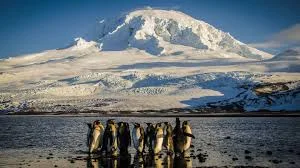
Biodiversity in Extremity
Despite their harsh conditions, HIMI host extraordinary biodiversity, recognized as a UNESCO World Heritage Site since 1997. Heard Island supports 2 million breeding pairs of seabirds, including king, gentoo, macaroni, and rockhopper penguins, as well as petrels, albatrosses, and skuas. Its beaches teem with elephant seals, fur seals, and the rare sub-Antarctic fur seal, with populations rebounding since sealing ended in the 1920s. Unique species, like the Heard Island cormorant and sheathbill, thrive in this predator-free haven. The McDonald Islands, less studied due to their volatility, host similar species, with new vegetation emerging post-eruption.
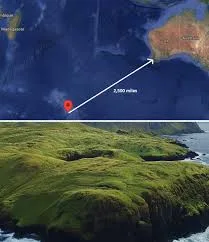
The islands’ ecosystems are fragile, with 70% of Heard’s glaciers retreating since the 1940s due to climate change. Australia’s strict management, under the HIMI Marine Reserve (64,600 km²), bans fishing, mining, and unauthorized visits to protect this biodiversity. Scientific expeditions, like those in 2016 and 2021, monitor glacial retreat, volcanic activity, and species health, yielding data critical to understanding climate impacts.
Historical and Cultural Context
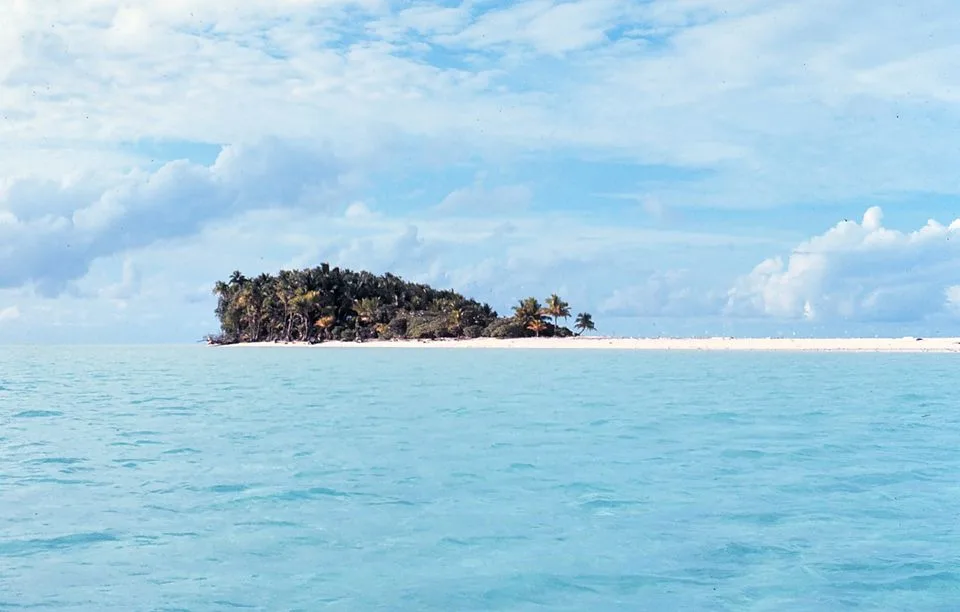
Discovered in 1853 by American captain John Heard, HIMI were claimed by Australia in 1947 and transferred from British control in 1948. Sealing and whaling in the 19th century nearly decimated seal populations, but recovery began after exploitation ceased. No Indigenous human presence ever existed due to the islands’ remoteness, though their ecological purity parallels the cultural ingenuity seen in artifacts like the Dahomey Amazons’ cornrow maps or the Lamassu’s protective symbolism. HIMI’s untouched state mirrors these historical efforts to preserve identity and resilience in extreme conditions.
Lessons for Today
HIMI’s pristine isolation offers lessons akin to those from ancient ingenuity:
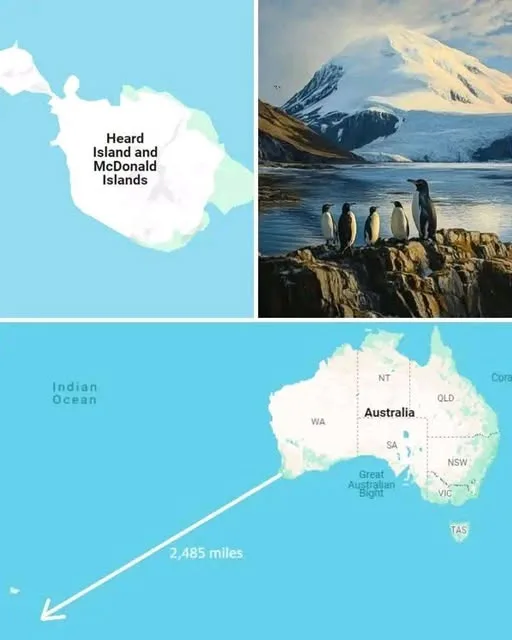
Environmental Stewardship: Their untouched ecosystems urge stronger global action against climate change, protecting vulnerable species like those on HIMI.
Scientific Curiosity: Limited expeditions highlight the value of research in harsh environments, inspiring innovation in climate and geological studies.
Preserving Purity: Like the Amazons’ covert strategies, HIMI’s strict protections teach us to safeguard natural and cultural treasures from exploitation.
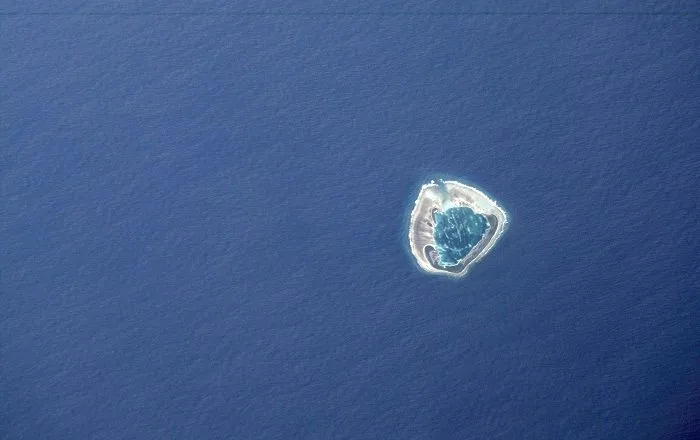
A Frozen, Fiery Frontier
Heard Island and McDonald Islands, with their volcanic peaks, glacial expanses, and teeming wildlife, stand as Earth’s last true wildernesses. Their extreme isolation and lack of human presence preserve a pristine snapshot of nature’s raw power, from Mawson Peak’s eruptions to penguin colonies braving icy winds. Like the Medusa head or Newgrange’s solstice light, HIMI invites awe and reflection, urging us to protect these untouched realms for future generations to marvel at their wild, unspoiled beauty.
